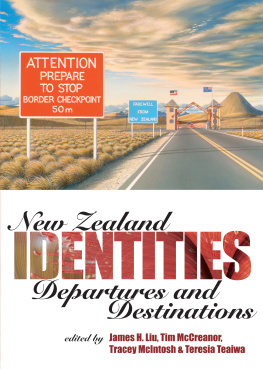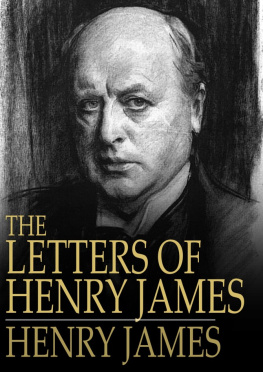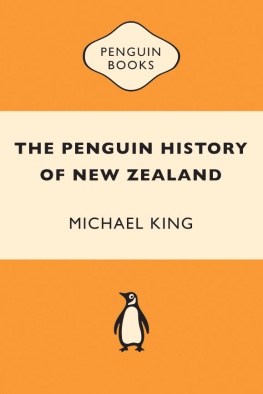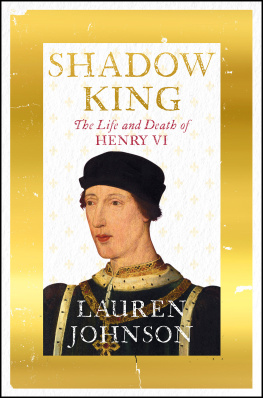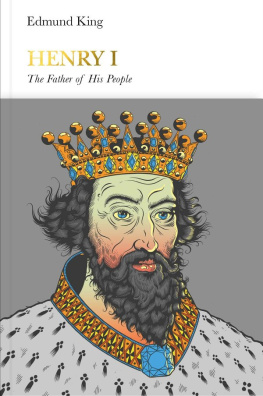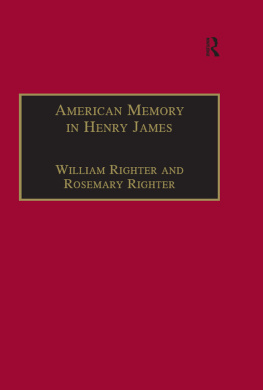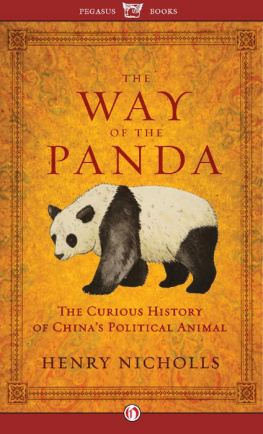KING TAWHIAO.
KING TAWHIAO.
THE KING COUNTRY;
OR,
EXPLORATIONS IN NEW ZEALAND.
A NARRATIVE OF 600 MILES OF TRAVEL THROUGH MAORILAND.
BY
J.H. KERRY-NICHOLLS.
author
THE AUTHOR.
WITH NUMEROUS ILLUSTRATIONS AND A MAP.
SECOND EDITION.
london
SAMPSON LOW, MARSTON, SEARLE, & RIVINGTON,
CROWN BUILDINGS, 188, FLEET STREET.
1884
[All rights reserved.]
THIS WORK IS DEDICATED
BY PERMISSION
TO
SIR GEORGE GREY, K.C.B., F.R.S.,
WHOSE CAREER
AS GOVERNOR, STATESMAN, ORATOR, AUTHOR, AND EXPLORER,
HAS SHED LUSTRE
UPON
THE HISTORY OF AUSTRALASIA.
PREFACE.
In publishing this record of travel, I have deemed it advisable to arrange my narrative under four principal divisions. In the introductory portion I refer to the leading physical features of that part of the North Island of New Zealand known as the King Country, relate the leading incidents connected with its history, describe the condition of the native race, and explain the object with which my journey was undertaken. The succeeding chapters deal with my visit to the Maori King when presenting my credentials from Sir George Grey at the tribal gathering held at Whatiwhatihoe in October, 1882. The description of the Lake Country includes my route from Tauranga, on the East Coast, to Wairakei, and which led me through the marvellously interesting region familiarly termed the Wonderland of New Zealand, while in the pages embracing my explorations in the King Country I record events as they occurred from day to day over a lengthy journey which was delightful on account of its novelty and variety, and exciting by reason of the difficulties, both as regards natural obstacles inseparable from the exploration of an unknown region under the unfavourable conditions by which I was constrained to carry it out, and the deep-rooted jealousy of the native race against the intrusion of Europeans into a portion of the island which is considered by them to be exclusively Maori territory.
When it is considered that in company only with my interpreter, and with but three horsesultimately reduced to twoand with what scant provisions we could carry, I accomplished considerably over 600 miles of travel, discovered many new rivers and streams, penetrated almost inaccessible regions of mountainous forest, found extensive areas of open plains suitable for European settlement, traced the sources of three of the principal rivers of the colony, examined the unknown shores of its largest lake, ascended one of the highest mountains of the southern hemisphere, experienced degrees of temperature varying from 80 in the shade to 12 below freezing-point, and successfully traversed from South to North, through its entire length, a territory with an area of 10,000 square miles, and which had been from the early history of the colony rigorously closed to Europeans by the hostility of the native tribes, it may be readily seen that the explorations, by their varied nature, disclose many important facts hitherto unknown concerning a vast and beautiful portion of New Zealand; and while they cannot fail to prove of practical utility to the colony, they will, I venture to think, be a welcome addition to geographical science.
The map appended to this work may be said to form the most complete chart of the interior of the North Island as yet published. Up to the present time the extensive territory embraced by the King Country has, owing to the obstruction of the natives, never been surveyed, and consequently many of its remarkable physical features have remained unknown, the existing maps of this part of the colony being mere outlines. As, therefore, considerably more than half of the country traversed was through a region which was, to all intents and purposes, a terra incognita from the commencement of my journey, I adopted a system of barometrical measurements and topographical observations, and thus secured a supply of valuable material, which I mapped out from day to day, while the names of mountains, rivers, valleys, and lakes were obtained from the natives by the skilful assistance of my interpreter, who was at all times unceasing in his endeavours to carry out this part of the work with accuracy.
The table of altitudes of the various camping-places and stations of observation throughout the country explored will be found to be of considerable interest and importance. By these results the conformation of a large portion of the island may be arrived at. Thus, beginning at Tauranga, and taking that place at ten feet above sea-level, it will be seen that the land rises rapidly from the coast-line for a distance of about twenty miles, when, at the Mangorewa Gorge, it attains to an altitude of 1800 feet; from that point it falls towards the South until the table-land of the Lake Country is reached, when, at Lake Rotorua, it has an altitude of 961 feet. From the latter place, still going southward, the table-land rises with an elevation varying from 1000 to 1500 feet, until it falls towards the valley of the Waikato, when at Atea-Amuri it is not more than 650 feet above the level of the sea. Further along it gradually rises until it reaches Oruanui, some fifteen miles distant, where an altitude of 1625 feet is attained, until the country again falls to the extensive table-land of Taupo, where over a large area it maintains an elevation varying from 1000 to 1400 feet, the great lake itself standing at an altitude of 1175 feet. Southward of Lake Taupo the Rangipo table-land varies from 2000 to 3000 feet, until it falls towards the South Coast, giving an altitude at Karioi, on the Murimotu Plains, of 2400 feet. Westward of this point the country falls gradually to 560 feet to the valley of the Whanganui, and from that region going eastward to the Waimarino Plains it attains to an elevation of 2850 feet in a distance of about thirty miles. Northward again along the western table-land of Lake Taupo it varies in height from 1000 to 2420 feet, until the Takapiti Valley is reached, where it is only 900 feet. In the Te Toto Ranges an altitude of 1700 feet is attained, until at Manga-o-rongo, a deep basin-like depression in the valley of the Waipa, the land is not more than 200 feet above sea level.
The wood engravings contained in this work are from original sketches by the author, with the exception of that of the native village of Lake Rotoiti, which is from a painting by the talented artist Mr. Charles Bloomfield. They were engraved by Mr. James Cooper of Arundel Street, Strand. The portraits of the native chiefs are from photographs taken by E. Pulman and J. Bartlett of Auckland. They have been reproduced by the Meisenbach process.
In the Appendix will be found a synopsis of the principal flora met with during the journey, together with that of Mount Tongariro and Mount Ruapehu, up to the highest altitude attained by plant-life in the North Island. A synopsis of the fauna is also added. Biographical sketches are given of King Tawhiao and several noted chiefs, with a list of the principal tribes and their localities. There is likewise a brief reference to the Maori language, with a compendium of the most useful native words.
In bringing this volume to its completion, I desire to acknowledge my indebtedness to Sir George Grey, K.C.B., for his letter of introduction to King Tawhiao; to Mr. C.O. Davis, for the willing way he at all times placed his scholarly knowledge of the Maori language at my disposal; to Mr. T.F. Cheeseman, F.L.S., for the classification of the




